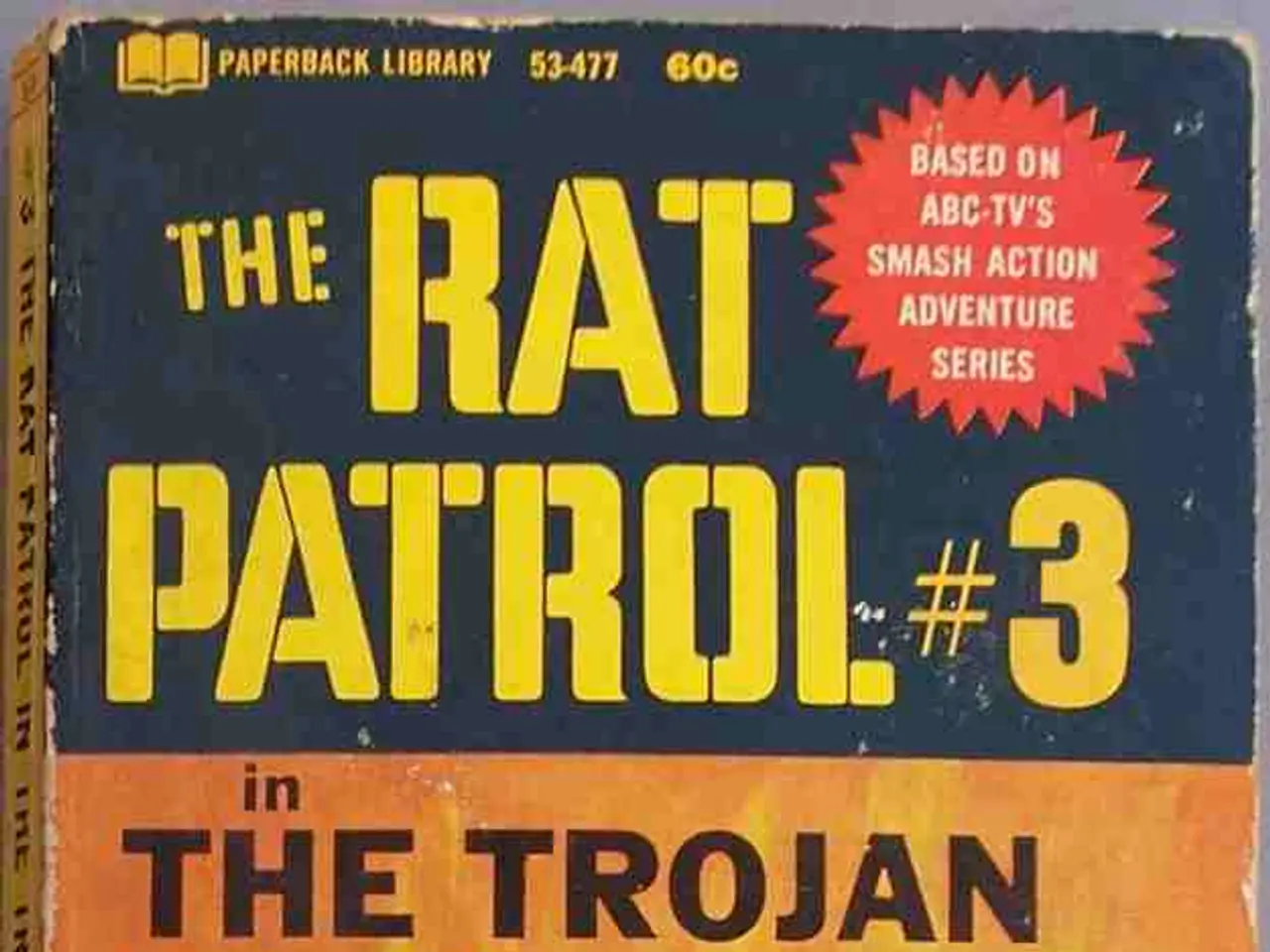Observations from the Orgreave battle conflict
The Orgreave incident, also known as the Battle of Orgreave, was a significant and controversial event that took place on 18th June 1984 during the UK's 1984-85 miners' strike. This incident occurred at the British Steel Corporation coking plant in South Yorkshire and involved a clash between striking miners and a large police force, primarily from South Yorkshire Police (SYP).
The confrontation arose due to escalating industrial tensions. On this day, police directed miners into a confined area, known as the “topside,” where pickets clashed with around 6,000 police officers. The police responded with extreme force, resulting in violence, over 100 injuries, and 95 arrests.
The aftermath of the Orgreave incident was marked by controversial prosecutions of miners. Charges of riot (a charge punishable by life imprisonment at the time) and violent disorder were brought against 95 miners. However, the cases collapsed when police evidence was deemed unreliable and discredited. Despite allegations of assault, wrongful arrests, unlawful detention, and malicious prosecution, no police officers faced disciplinary or criminal proceedings. In 1991, South Yorkshire Police paid £425,000 compensation to 39 miners for their mistreatment.
The sense of betrayal felt by former miners over their loss in the strike has never faded. The Orgreave incident remains one of the most violent and controversial episodes in British industrial history and has had a lasting impact on public trust in policing in mining areas.
Recently, a new government-announced inquiry aims to shed light on the events at Orgreave. Announced in 2025 by Home Secretary Yvette Cooper, the inquiry is a statutory investigation with legal power to compel testimony. It aims to uncover the truth about what happened at Orgreave, address the long-unanswered concerns about police conduct, and rebuild public confidence in policing. The inquiry will be chaired by the Bishop of Sheffield, the Rt Rev Dr Pete Wilcox.
The government's stated purpose is to establish facts around the violent scenes and subsequent prosecutions that have "cast a shadow" over Yorkshire and other mining communities, fulfilling a manifesto commitment to historical truth. The inquiry will examine the injuries sustained by 120 people at Orgreave on June 18, 1984, and investigate whether the police were provoked to excess by weeks of violence or if they acted on orders from above.
In summary, the Orgreave incident was a pivotal moment in British industrial history, marked by escalating industrial tensions and aggressive policing that resulted in violent clashes and controversial prosecutions of miners, with no accountability for police misconduct at the time. The 2025 inquiry seeks to investigate these events to provide clarity, accountability, and restore public confidence decades later.
In the context of the Orgreave incident, politicians have announced a government-led inquiry in 2025, aiming to explore the events of the conflict, which falls under the category of general-news, and delve into the long-unanswered concerns surrounding the police conduct in crime-and-justice matters. The inquiry, chaired by the Bishop of Sheffield, will investigate the violent clashes between striking miners and the police and may shed light on the controversial prosecutions of the miners in the sports (legal arena) context, thus potentially rebuilding public trust in policing that was eroded during the miner's strike.








